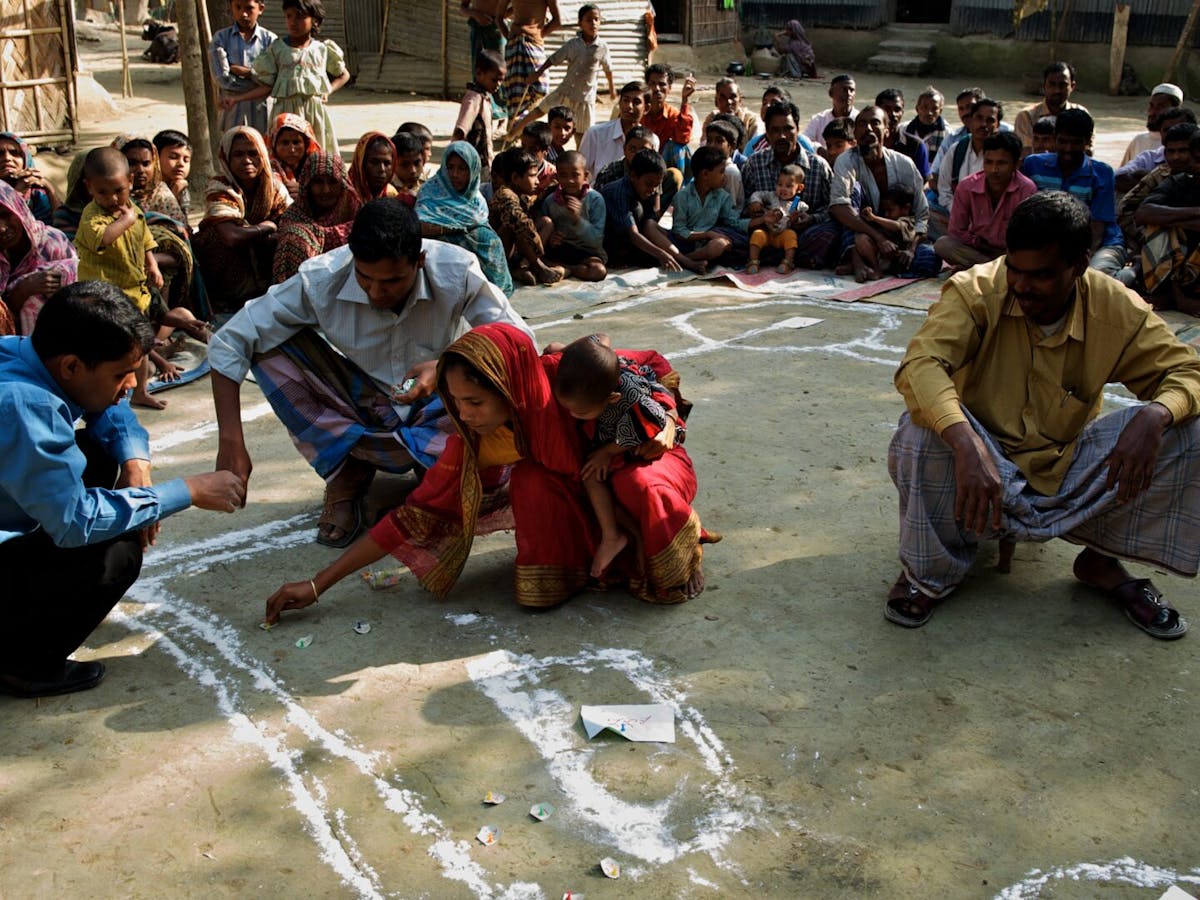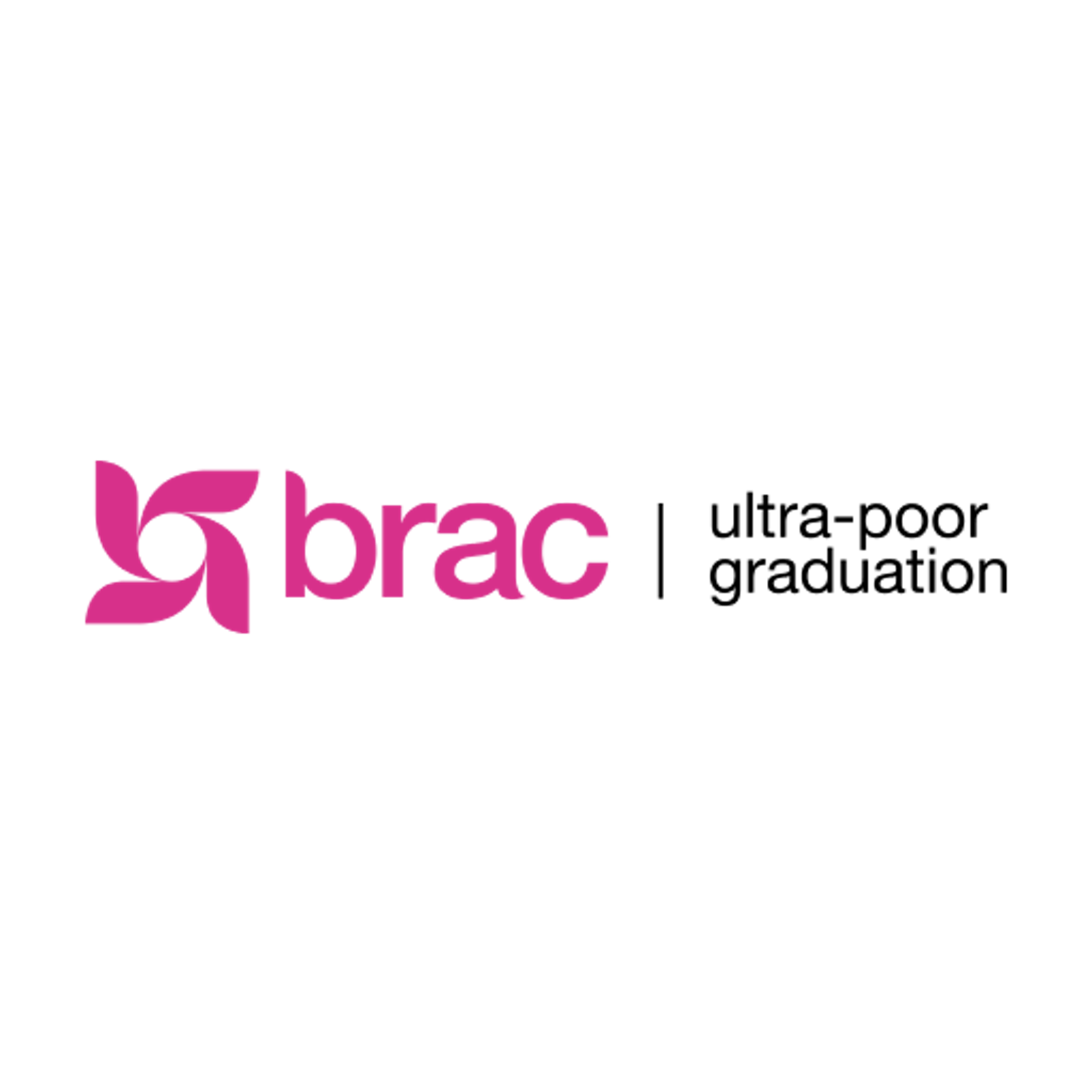After a drastic rise in extreme poverty due to COVID-19, experts say it is now on the decline. The World Bank estimates that in the past two years, almost 100 million more people were forced into extreme poverty as a result of the pandemic, peaking at over 730 million people in 2020. By the end of 2022, the World Data Lab’s World Poverty Clock, a tool which includes World Bank and IMF data, predicts approximately 690 million people will be living in extreme poverty – just slightly above 2018 levels.
More people are escaping extreme poverty than falling into it, which is undeniably a good thing. However, returning to 2018 levels of extreme poverty in the next year means four years of lost progress on poverty eradication. It means 700 million people will still be facing the multiple deprivations of extreme poverty including limited access to food, healthcare, clean drinking water, and education, in addition to income. It means we are still leaving 700 million people behind.
While many high-income countries are recovering some of the losses incurred by the pandemic, economic recovery will be comparatively slow for low- and middle-income countries (LMICs), according to IMF data. In addition to the prolonged economic effects of COVID-19, many LMICs face intersecting challenges to poverty reduction that exacerbate the situation, including limited fiscal space, gender inequality, and the impacts of climate change.
The people newly pushed into extreme poverty by the pandemic tend to differ demographically from the larger group of those already living in extreme poverty, requiring different approaches to meet their multidimensional needs. They are mostly people who were just above the extreme poverty threshold before the pandemic, concentrated in middle-income countries. In comparison to people living in extreme poverty before the pandemic, they tend to be more educated, own slightly more assets, are more likely to work as paid employees, and more likely to live in urban settings with better access to infrastructure. In Bangladesh, BRAC’s Ultra-Poor Graduation program is tailoring its interventions to their specific challenges and opportunities to escape the poverty trap.
Without a similarly tailored, multifaceted approach adapted to their needs, the population of people in the deepest states of poverty before the pandemic will remain trapped, excluded from existing programs, and may face even greater challenges than they do today. Women in extreme poverty are particularly marginalized, often lacking legal rights, social empowerment, and access to health care and education while being far more likely to perform unpaid or underpaid work, including care work. They will also bear the brunt of worsening climate shocks, with climate change pushing up to 132 million people into extreme poverty despite any economic recovery we may see from COVID.
To enable the people who have been left furthest behind to escape the poverty trap, we first need to identify them. In BRAC UPGI’s experience, programs can find households in the most severe states of poverty through a multi-step process tailored to local data, needs, and capacity. By engaging local leaders and communities, applying a gender lens, and incorporating existing government data, we have found anti-poverty interventions can more effectively include the people who are most marginalized.
We then need to design new or adapt existing policies and programs to meet their long-term needs, applying evidence-based interventions proven to have sustainable impacts on poverty eradication and other issues that are inextricably linked to poverty like gender inequality, malnutrition, and lack of child education. Since it was founded in 2002, BRAC’s Graduation approach has enabled over two million households in Bangladesh to develop sustainable livelihoods and create a pathway out of extreme poverty.
A study from the London School of Economics (LSE) found that seven years after entering BRAC’s Graduation program in Bangladesh, 93 percent of participants maintained or increased their income, assets, and consumption. A more recent study from LSE and the BRAC Institute of Governance & Development (BIGD) found that participants who began the Graduation program 13 years prior and escaped the poverty trap were more likely to have salaried jobs or be self-employed instead of relying on casual labor, giving them greater job security despite the impacts of the pandemic. BRAC aims to build off the success of the Graduation program in Bangladesh by scaling the Graduation approach worldwide, enabling millions more to escape extreme poverty.
Programs like Graduation that are proven to reach those left behind and empower them to create a pathway toward self-sufficiency are a necessary tool for ending extreme poverty. It is a common belief that economic growth is the greatest driver of poverty reduction. But structural inequalities mean growth does not affect everyone equally. People who are deeply socially and economically marginalized, such as those living in extreme poverty, may receive little to no benefit from broader macroeconomic growth. In fact, if global inequality were to decrease by two percentage points a year, 860 million fewer people would be living on under $5.50 a day by 2030.
We can change the status quo of poverty alleviation to empower millions more people to escape extreme poverty. However, we need to acknowledge that doing so will require more than economic growth alone. It will also require reaching people who lack the resources and tools to escape the poverty trap without sufficient support. The longer we delay poverty eradication efforts, the further entrenched in extreme poverty this group will be. They will also be increasingly concentrated in middle-income countries, fragile and conflict-affected states, and urban areas in Africa and Asia.
Due to interruptions in poverty reduction and long-term economic stagnation caused by COVID-19, nearly 600 million people could still be living in extreme poverty by 2030, an increase of 50 million people compared to pre-pandemic estimates. On our current trajectory, that means the world will fail to achieve UN Sustainable Development Goal 1, ending poverty in all its forms everywhere.
As bleak as the landscape of global poverty appears, this is not an intractable issue. The international community, with governments at the helm, can change our current trajectory through action.
We have the evidence needed to design new and enhance existing programs to reach and meet the long-term needs of people in extreme poverty. Governments are well-positioned to drive policy and programmatic change needed to have a sustained impact on eradicating extreme poverty, and they have the ability to reach millions more people through national programs. But they need more resources and support to do so effectively. International partners can strengthen government capacity and enable them to create the fiscal space needed to adequately fund anti-poverty efforts, whether through debt relief, support mobilizing domestic resources, international aid, or innovative financing mechanisms.
By partnering with multilateral institutions, researchers, NGOs, and civil society, governments can move us away from a future where hundreds of millions of people remain trapped in extreme poverty toward a future where everyone has the opportunity to realize their potential.

